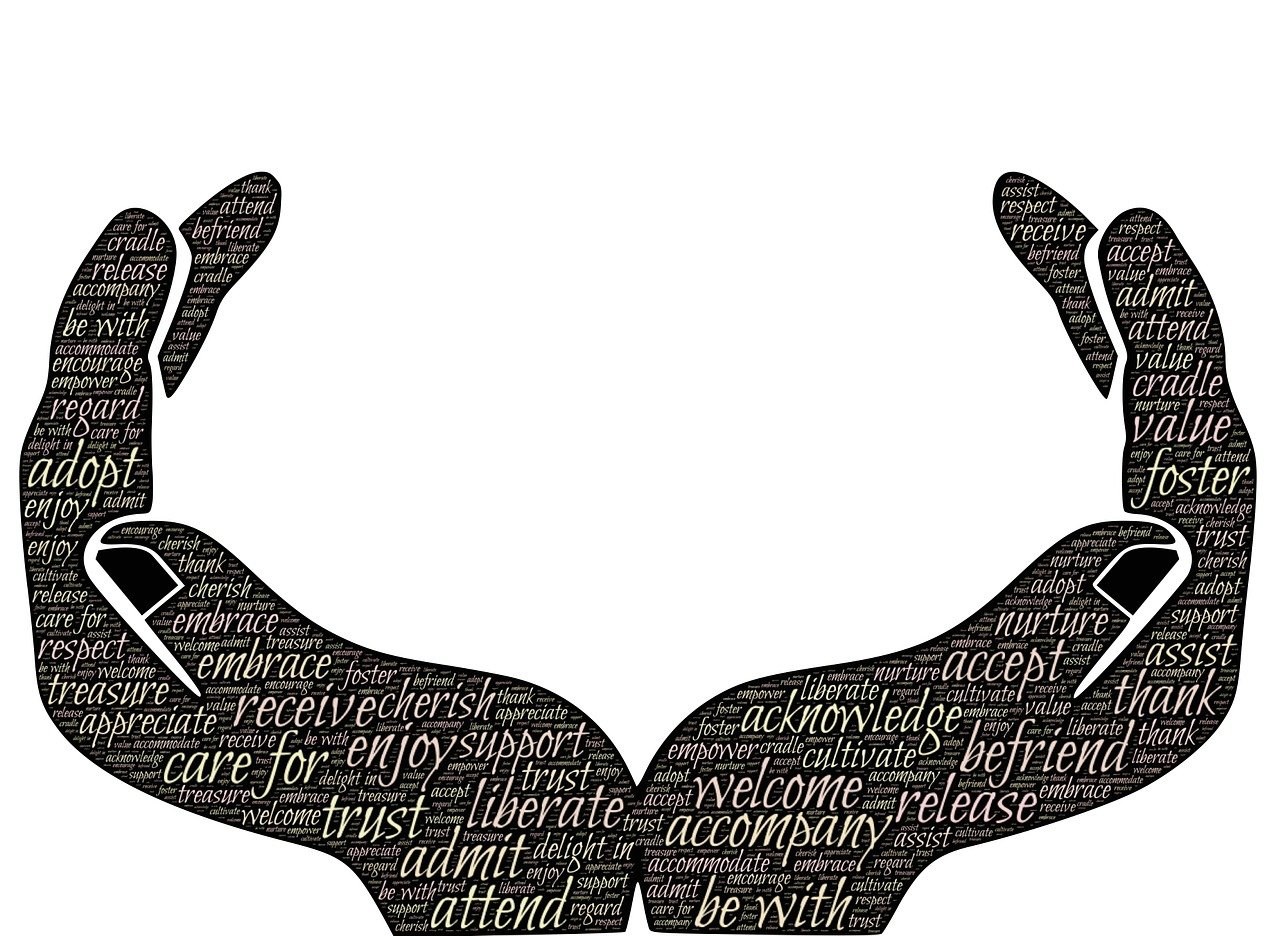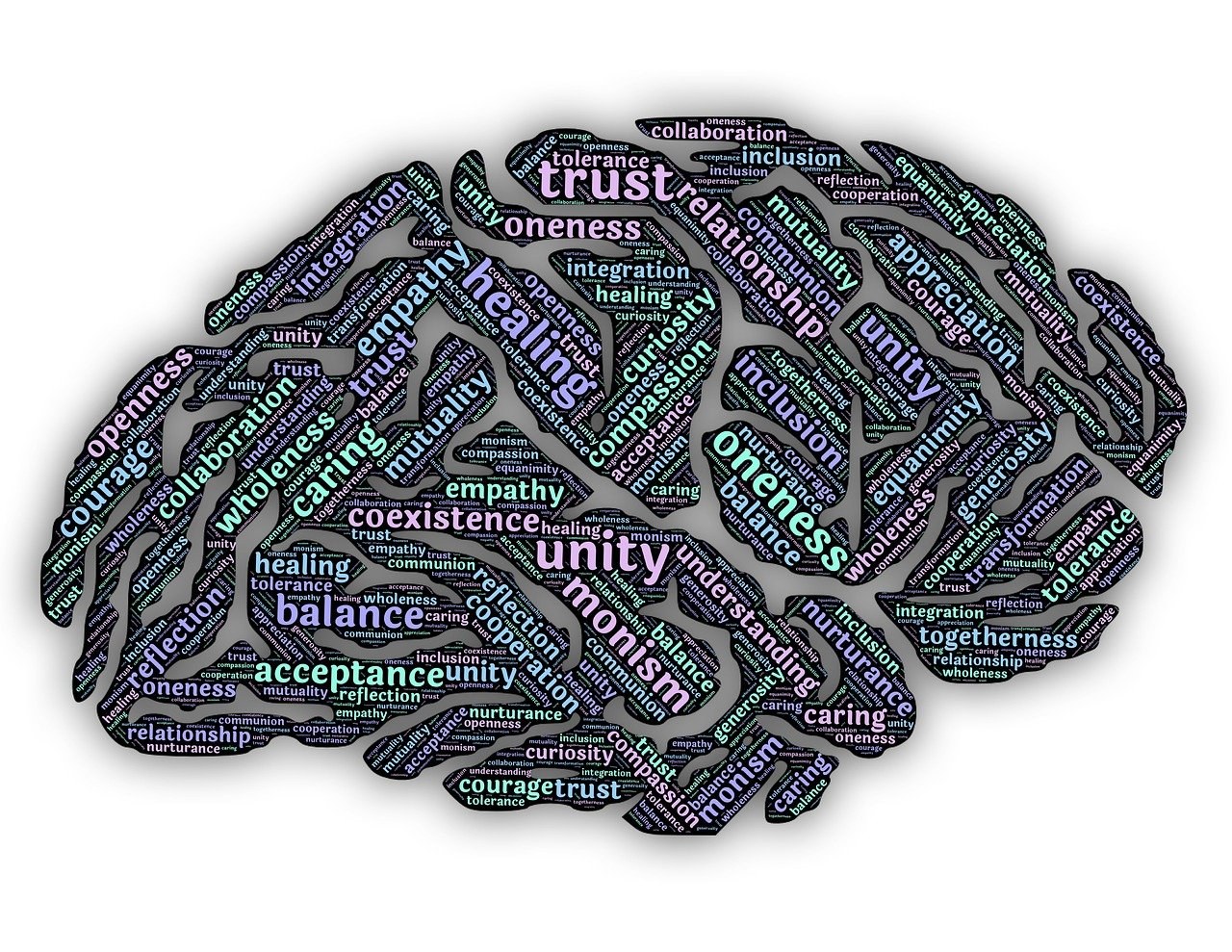Ask ten people what love feels like and you’ll hear ten different stories – soaring joy, shaky knees, quiet safety, sharp aches. Beneath those stories sits a shared human experience that shapes how we choose, connect, argue, and heal. Modern research helps us explain parts of it while leaving room for wonder, and along the way we uncover psychological secrets that make everyday moments – a glance, a laugh, a touch – feel profound.
What love is and why it matters
Love isn’t a single sensation but a woven pattern of attachment, care, desire, trust, and commitment. It can be mutual or one-way, steady or stormy, nourishing or harmful. It changes as people change, and it grows through repeated choices – showing up, listening closely, and acting with care. Though you can’t hold love in your hand, you can observe its effects in bodies and behavior: steadier breathing when a partner is near, softer responses to stress, and a stronger sense that life has meaning.
Because love evolves across time, it often moves from fireworks to embers – less frantic but warmer, steadier, and better at keeping you safe. Understanding this shift keeps couples from chasing constant intensity and helps them invest in what lasts: respect, repair after conflict, and shared routines that make daily life feel livable.

Surprising insights about attraction, bonding, and behavior
Monogamy can last. A lifelong partnership isn’t fantasy. Many humans maintain exclusive relationships for decades, and several animal species also pair up for the long haul – proof that stability and devotion can coexist with passion.
Hearts can synchronize. After a few quiet minutes of mutual gaze, partners often show converging heart rhythms and calmer breathing. Researchers read shifts like these as one of the psychological secrets of how bodies co-regulate during closeness.
Falling in love feels chemical for a reason. Early infatuation lights up reward circuits associated with euphoria – it can feel intoxicating. Those brain patterns help explain the rush that makes new couples talk late, eat little, and smile at nothing.

Cuddling releases a bonding hormone. Gentle touch triggers oxytocin, a messenger tied to trust and connection. This is one of the psychological secrets behind why a long hug can dissolve distance faster than a dozen careful sentences.
Touch can blunt headaches. Because oxytocin soothes the nervous system, unhurried cuddling sometimes eases head pain. A quiet snuggle before the rest of the evening isn’t a cure-all – but it can lower the volume on discomfort.
Photos of a partner can dial pain down. Seeing a cherished face activates comfort pathways and reduces perceived pain. That small effect is another of the psychological secrets showing how connection changes our sensory experience.

Hand-holding matters. Lacing fingers with someone you trust can reduce stress and soften physical discomfort. The gesture says, “You’re not alone,” and the body believes it.
Heartbreak is not just poetic. Acute loss or betrayal can trigger chest pain and shortness of breath that mimic a cardiac event. This is among the psychological secrets of grief – emotions can hit the body with startling force.
New love can look obsessive. Early-stage attraction often brings intrusive thoughts, erratic appetite, and restless energy. Stress hormones rise while mood chemistry wobbles, which is why delight and jittery unease can arrive together.
Craving your partner is real. Looking at a beloved face activates brain regions linked to wanting and motivation. That appetite for closeness is one of the psychological secrets that keeps couples seeking each other across distance.
We tend to match in attractiveness. People often pair with partners of similar perceived desirability. It’s less about identical features and more about a shared social tier that makes both feel evenly matched.
“Opposites” keep things lively. Constant agreement doesn’t guarantee romance. Differences – values held in common but interests and temperaments that vary – provide friction and novelty, one of the psychological secrets of lasting engagement.
Face vs. body depends on goals. When seeking a long-term partner, many people prioritize an expressive, appealing face; when interest is short-term, a sculpted body can loom larger in attention.
Butterflies are biology. That swoop in your stomach is adrenaline, a fight-or-flight legacy that flares around a crush. The body mistakes excitement for danger – a playful confusion that psychological secrets help decode.
Love can sharpen memory. Calmer nerves and richer emotional engagement support neural growth factors, which can bolster recall over extended periods. Feeling secure frees up attention for learning and remembering.
Sampling dates can help choice. One popular strategy suggests getting to know a dozen people before deciding on a long-term partner. The spirit of that idea – explore before you commit – is one of the psychological secrets of better matching.
Proximity fuels attraction. Seeing someone regularly – a neighbor, a colleague, a classmate – increases familiarity and comfort, which quietly nudges the door toward romance.
Online meeting works. A meaningful fraction of couples who first connect through dating platforms eventually marry. Hidden in those success stories are psychological secrets about compatibility filters and honest self-presentation.
Imprinting shapes taste. Many men prefer facial structures that echo their mother’s features – a phenomenon sometimes described as sexual imprinting, where early templates guide adult attraction.
Danger intensifies bonding. Shared arousal – a cliff walk, a turbulent flight, a white-water run – can amplify attraction compared with calm settings. Heightened states get misread as romance, a nudge explained by psychological secrets of arousal.
Eye contact accelerates closeness. Pairs who share personal stories and then hold unbroken gaze can experience swift intimacy. That quiet lock of eyes taps into one of the psychological secrets of mutual attention.
Self-esteem supports stability. People who value themselves tend to choose better partners and set healthier boundaries, improving the odds that affection lasts.
Humor beats sparkle. Many women read a quick wit as a proxy for intelligence and honesty. Shared laughter loosens defenses – one of the psychological secrets of trust – and turns two people into a team.
Love and lust are cousins, not twins. Lust chases reward; love leans toward empathy and long-term care. Both feel intense, but they pull attention in different directions.
Love can be fleeting – or enduring. You can be genuinely swept up for days, and you can remain devoted for decades. Duration alone doesn’t define the truth of the feeling.
Affection won’t fix everything. Warm feelings matter, but finances, timing, values, and life stress can pull partners apart. Love needs practical support to survive real-world strain.
Capacity for care can grow. Practices like meditation and compassionate inner talk can expand patience and empathy. That shift in mindset is one of the psychological secrets of deeper connection.
Love isn’t a pie to divide. Affection isn’t a finite slice that shrinks with each relationship. Attention and effort are limited, yes – but the feeling itself expands when nurtured.
Conditions still apply. People talk about unconditional love, yet safety and trust are basic requirements. Trauma can block closeness until it’s processed – healing reopens the door.
Feelings echo through the body. Lack of warmth and connection weighs on health in ways comparable to other major risks. That somatic imprint is one of the psychological secrets that ties relationships to well-being.
Partnership can lengthen life. On average, married people show better health outcomes than singles, though the loss of a spouse often shortens the survivor’s expected lifespan – love’s comfort has a painful cost when it ends.
Romance evolves. Early obsession often softens into secure attachment. Butterflies fade; reliability grows – and with it, a calmer joy that keeps households running and tempers kind.
Timing is powerful. People fall faster when they’re seeking adventure, feeling lonely, navigating change, or ready – emotionally or financially – for family life. That readiness effect is one of the psychological secrets behind “it finally clicked.”
Food and feelings mingle. Thinking about affection can make flavors seem sweeter, and many women are more open to romantic gestures after a meal – a light reminder that physiology and mood dance together.
Fear of love is real. Some people dread intimacy or commitment so much that the anxiety itself becomes a barrier. Naming the fear is often the first step toward easing it.
Do soulmates exist? Many believe in them, yet plenty of married women don’t label their spouse that way. A soulmate can be a partner – or a friend who feels like home.
Animals pair off too. Species such as wolves and penguins, among others, form long-term bonds, which hints that enduring pairings serve survival as well as sentiment.
The ring finger’s mystique. The tradition of wearing engagement rings on the left-hand fourth finger traces to an old belief in a “vein of love” that ran straight to the heart.
Love tunes your emotional radar. Caring deeply trains attention to notice another’s shifts. Over time you anticipate needs and adjust – one of the psychological secrets of empathy in everyday life.
Intense feelings can cloud judgment. Hormonal surges can tempt impulsive choices. A pause – even a breath and a count to ten – protects both people, because actions can’t be undone once taken.
Love and lust light different circuits. Brain regions like the striatum and insula show distinct patterns when people focus on comfort versus raw desire – two modes, two maps.
Adventure bonds partners. Elevated adrenaline during shared challenges can heighten attraction. Planning a hike or trying something new together is one of the psychological secrets of feeling closer.
Attraction can shift with cycles. Many women prefer more stereotypically masculine traits during ovulation yet don’t always see those traits as long-term material – a short-window tilt, not a permanent compass.
Productivity dips in the honeymoon haze. In the first months, focus wanders toward the new relationship – texts, daydreams, replayed conversations. Eventually, attention steadies as routines form.
Pets can soothe relationships. Couples who share an animal companion often report calmer moods and lower blood pressure. A purring cat or eager dog turns a house into a haven.
Why these insights matter
Science can map patterns – how eyes meet, how touch quiets the nervous system, how loss storms the chest – yet love keeps a piece of its mystery. That mystery isn’t a flaw; it’s an invitation. When we learn how affection works, we don’t crush the magic – we make it sturdier. We notice when trust is eroding and repair it sooner. We remember that novelty matters and design little adventures. We respect that our bodies keep score and treat them kindly. And when someone finally feels like home, we know enough to be grateful – and to keep choosing them, day after day.